Cellular Biotechnology
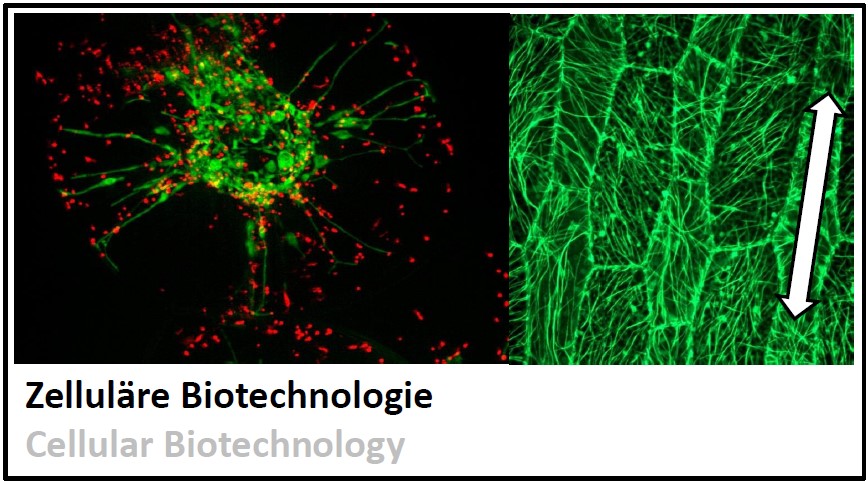 |
What is it about?
Any single plant cell can generate an organism. We cannot. In our group Cellular Biotechnology we investigate, how plants organise themselves in space and time, and we develop applications from our results.
|
||
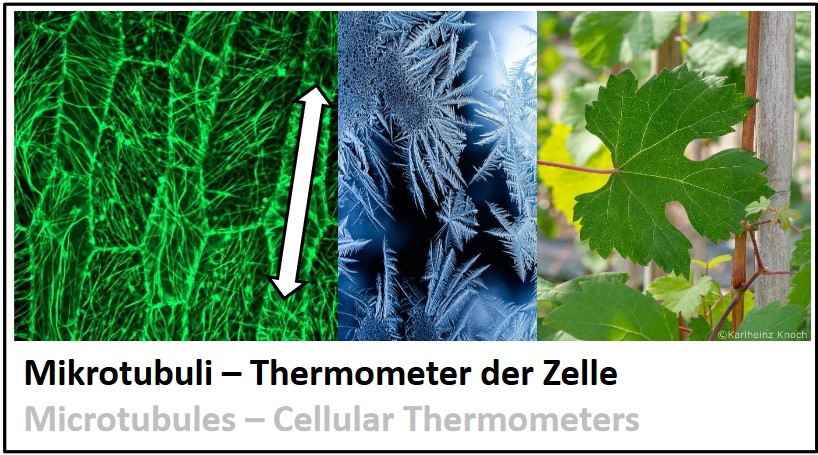 |
MicrotubulesMicrotubules define cell shape. They also can sense environmental stimuli - for instance cold.
|
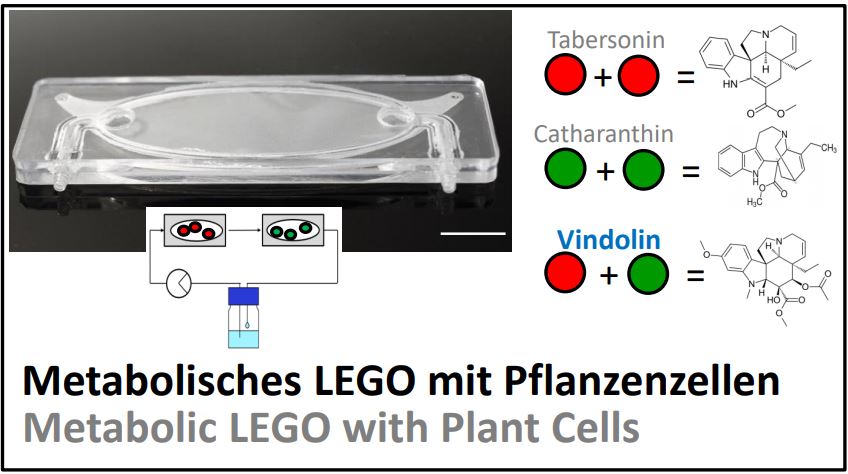 |
Metabolisches LEGOPflanzen können eine Vielzahl von Stoffen erzeugen, die Bedeutung für die Medizin ist riesig. Das funktioniert über eine Art chemischer Teamarbeit. Können wir das biotechnologisch nachbilden, um so bedrohte Pflanzen vor der Ausrottung zu schützen?
|
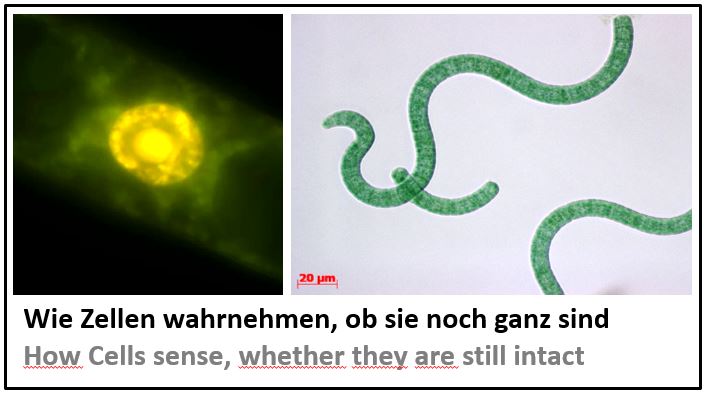 |
Wahrnehmung von IntegritätÜber einen Fluss von Signalen zwischen Membran und Cytoskelett misst die Zelle, ob sie intakt ist. Mit neuen Methoden wie Nanosekunden-Elektrik oder chemical engineering können wir diesen Fluss manipulieren. |
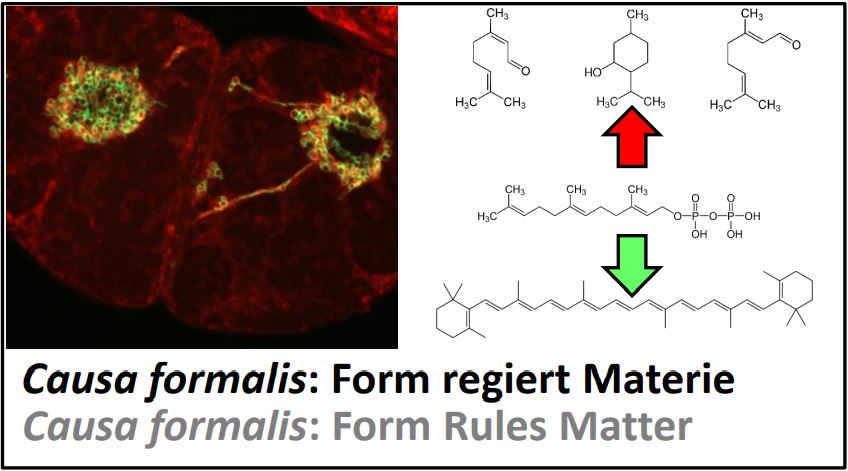 |
Form regiert MaterieDie causa formalis ist eine der vier Aristotelischen Ursachen (neben Wirkung, Materie und Zweck). Wir untersuchen, wie Pflanzenzellen über Änderungen ihrer inneren Architektur molekulare Vorgänge steuern. mehr...
|
